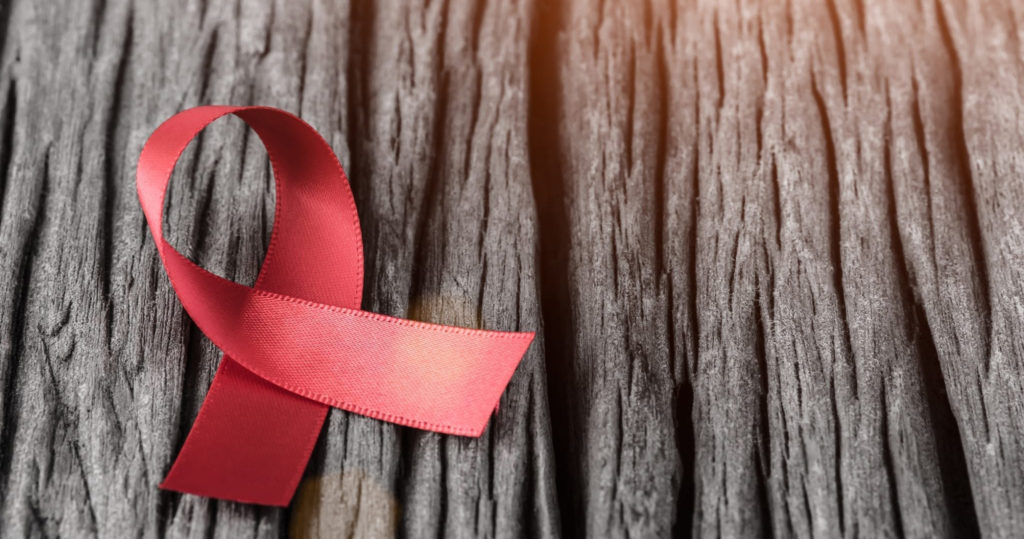Red Ribbon Week is a national campaign reminding us of the importance of educating young people about drugs and alcohol. Chances are, they are already learning about them from their friends, social media, and TV, but they may not be getting accurate information. As a parent, you are the best source for age-appropriate information in the context teens need. Studies show that when parents have these important conversations about drugs and alcohol with their kids, kids are 50% less likely to use them. Below is some useful information to guide you in these important conversations.
Why Do We Make Young People Wait Until 21 to Drink Alcohol?
The age limit for alcohol is based on the fact that a young person’s brain is still undergoing important development which continues well into adulthood. Using alcohol or drugs during this development can actually rewire the brain for addiction because it interferes with the reward center of the brain. Research shows that when teens start using at a young age, they are more likely to continue the habit into adulthood. In fact, teens who begin drinking before age 15 are six times more likely to develop a problem with alcohol later in life than those who begin drinking after the age of 21. [i]
Will Allowing My Child to Drink Underage, With Supervision, Result in Them Drinking More Responsibly?
There is no evidence that this approach works. As matter of fact, there is evidence to the contrary. When teens feel they have their parents’ approval to drink, they drink more and more often when they are not with their parents. When parents have concrete, enforced rules about alcohol, young people drink less.
Why is Underage Drinking Such a Big Deal?
Alcohol impairs teens’ judgment and lowers inhibitions for both young men and women. They may do things they otherwise might not do and are more likely to get into dangerous situations such as driving under the influence or riding with an impaired driver. Underage drinking can also affect social development, especially if teens rely on alcohol as a means of coping. There is some evidence that young people who use alcohol may have difficulty making lasting friendships.
Marijuana and Young People
With California’s recent legalization of marijuana, teens may be under the impression that marijuana is not harmful. If all teenagers are hearing is that marijuana is “fun and harmless,” they are missing facts that may shape their decisions. Marijuana is more potent today, and available in more ways than ever before. It’s more important than ever that adults help educate young people and be a part of the conversation that helps this generation understand how today’s marijuana may affect their developing brain and mental health.
What We Know
Marijuana has evolved tremendously over the last decade with studies showing that the high inducing chemical tetrahydrocannabinol (THC) has increased from about 3% to over 15% while the calming and supposedly therapeutic chemical cannabidiol (CBD) has decreased. High THC levels can lead to such side effects as anxiety, aggressive behavior and difficulty sleeping.
Isn’t Marijuana Natural?
Many natural things, like poison oak, are not good for our bodies. While marijuana is a plant, it contains over 500 different chemicals and science has yet to figure out how each of these different chemicals affect the adolescent brain.[i] And, not all chemicals found in marijuana occur naturally. When the plant is smoked, hundreds of additional chemicals are produced in the process. Marijuana contains many of the same carcinogens found in tobacco and contains four times the amount of tar then tobacco with more of it staying in the lungs.
What are the Dangers for Young People?
Marijuana use carries greater, long-term risks for teens as their brain is undergoing important development until they are about 25. In fact, studies show that 17% of people under the age of 24 who use marijuana become addicted. Frequent use during this time has been shown to impair brain processing speed and memory and may permanently lower IQ by as many as eight points.[ii] As a comparison, lead paint is estimated to lower IQ by about 6 points. Unfortunately, marijuana use during adolescence is also linked to the onset of major mental illness, including psychosis, schizophrenia, depression, and anxiety.[iii]
When young people start using marijuana regularly, they often lose interest and motivation in school and may fail to develop the emotional skills necessary to cope with life’s ups and downs. It can also dramatically impact a teen’s future if they are suspended or expelled from school.
Are Marijuana Edibles Safer Since They Are Not Inhaled?
Edibles, which are gaining in popularity, contain a high amount of THC that can negatively affect adolescent brain development. Because it can take 30 to 60 minutes to feel the effects, it is easy to consume a far greater dosage that can quickly result in a toxic overdose.
[i] The National Institute on Drug Abuse Blog Team. (2014, September 15). Making Medicine from Marijuana. Retrieved from https://teens.drugabuse.gov/blog/post/making-medicine-marijuana on Oct 9, 2017.
[ii] Proceedings of the National Academy of Sciences USA. (2012, August 27) Persistent cannabis users show neuropsychological decline from childhood to midlife. Retrieved from https://www.ncbi.nlm.nih.gov on Oct 9, 2017.
[iii] National Association of Drug Court Professionals (2012, December 15). Position Statement on Marijuana.
[i] Underage Drinking. (2020, January 03). Retrieved September 01, 2020, from https://www.cdc.gov/alcohol/fact-sheets/underage-drinking.htm
